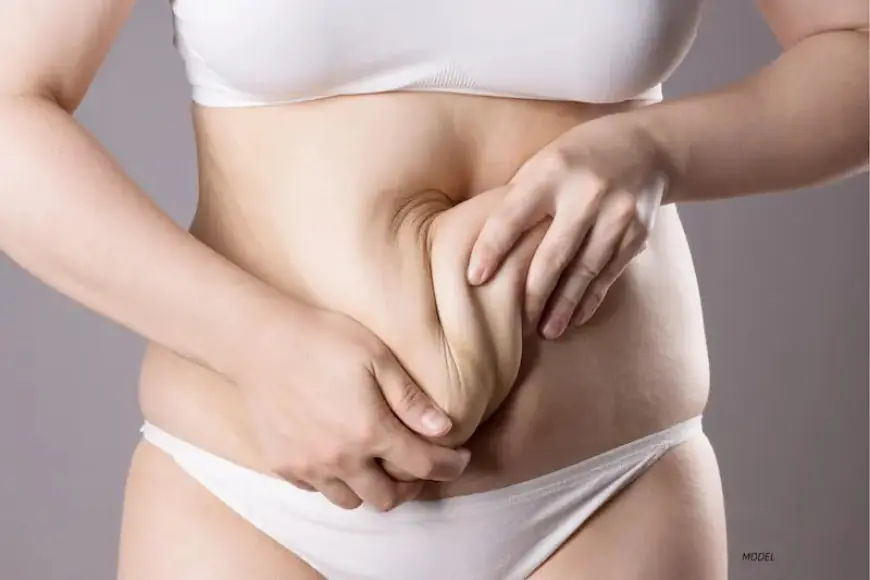What Tummy Tuck Involves During the Surgical Process?

A flat and toned abdomen is something many people desire, but factors like pregnancy, weight loss, and aging often make it difficult to achieve through exercise and diet alone. In such cases, a tummy tuck, medically known as abdominoplasty, is often considered. For individuals exploring this procedure, Tummy Tuck in Islamabad has become a popular choice, offering a solution for excess skin, stubborn fat, and weak abdominal muscles. But what exactly does the surgical process involve?
Understanding the Purpose of a Tummy Tuck
Before diving into the details of the surgical process, it’s important to understand the purpose of a tummy tuck. Unlike weight-loss methods, this procedure is designed to:
-
Remove excess skin.
-
Tighten weakened or separated abdominal muscles.
-
Improve the contour and firmness of the midsection.
The surgery focuses on creating a more sculpted abdomen rather than reducing overall body weight.
Pre-Surgical Preparation
Every surgical procedure begins with preparation. Patients are usually asked to undergo a medical evaluation, lab tests, and lifestyle adjustments before surgery. These may include:
-
Stopping smoking to promote healing.
-
Avoiding certain medications that increase bleeding risks.
-
Maintaining a stable weight for best results.
Proper preparation ensures the body is ready for the procedure and helps reduce complications.
Step-by-Step Surgical Process
1. Anesthesia Administration
The first step during surgery is administering anesthesia to ensure comfort throughout the procedure. Depending on the case, general anesthesia or intravenous sedation may be used.
2. Making the Incision
A horizontal incision is typically made between the pubic hairline and the belly button. The length and shape of the incision vary depending on how much skin needs to be removed.
For individuals requiring extensive correction, a second incision may be made around the navel to address the upper abdomen.
3. Repairing Abdominal Muscles
One of the key components of a tummy tuck is tightening the abdominal wall. If pregnancy or weight changes have caused muscle separation, the surgeon sutures them back together, creating a firmer abdominal foundation.
4. Removing Excess Skin and Fat
After the muscles are repaired, the surgeon removes excess skin and trims away stubborn fat deposits in the abdominal region. This step helps flatten the stomach and improve its contour.
5. Repositioning the Belly Button
Since skin is pulled down during the procedure, the belly button may need to be repositioned for a natural look. This step ensures the final result appears smooth and proportionate.
6. Closing the Incisions
Finally, sutures, skin adhesives, or clips are used to close the incisions. The surgeon ensures minimal scarring by placing incisions in discreet areas, usually hidden by clothing or swimwear.
Variations of Tummy Tuck Surgery
Not all tummy tucks are the same. The approach depends on the patient’s specific needs:
-
Mini Tummy Tuck: Focuses on the area below the belly button and involves a smaller incision.
-
Full Tummy Tuck: Addresses the entire abdominal area, including muscle repair and navel repositioning.
-
Extended Tummy Tuck: Ideal for patients with significant excess skin, often after major weight loss.
Each variation has its own process and recovery timeline.
Recovery After Surgery
Although recovery is not part of the surgical steps, it is closely tied to the process. After the procedure:
-
Bandages or dressings are applied to the incisions.
-
Small drainage tubes may be placed to prevent fluid buildup.
-
Patients are usually advised to wear compression garments to support healing.
The initial recovery period lasts a few weeks, but complete healing and final results may take several months.
Benefits of the Surgical Process
The detailed surgical process of a tummy tuck ensures multiple improvements, including:
-
Flatter and firmer abdomen.
-
Improved muscle strength and tone.
-
Removal of sagging skin.
-
Enhanced confidence in body shape.
Myths About the Procedure
It’s also important to clear misconceptions:
-
“It’s a weight-loss surgery.” Tummy tuck is for contouring, not losing weight.
-
“The scars will always be visible.” While scars exist, they are strategically placed and fade over time.
-
“Exercise alone can achieve the same results.” Lifestyle changes cannot repair separated muscles or remove excess skin.
Who Is the Right Candidate?
The tummy tuck surgical process is best suited for people who:
-
Are near their healthy weight.
-
Struggle with sagging abdominal skin.
-
Have weak or separated abdominal muscles.
-
Are in good health with realistic expectations.
Conclusion
A tummy tuck is a carefully structured surgical procedure that combines muscle repair, fat removal, and skin tightening to deliver a more sculpted abdomen. From anesthesia and incisions to belly button repositioning and skin closure, each step is designed to enhance the abdominal contour and restore confidence.
What's Your Reaction?
 Like
0
Like
0
 Dislike
0
Dislike
0
 Love
0
Love
0
 Funny
0
Funny
0
 Angry
0
Angry
0
 Sad
0
Sad
0
 Wow
0
Wow
0

























































